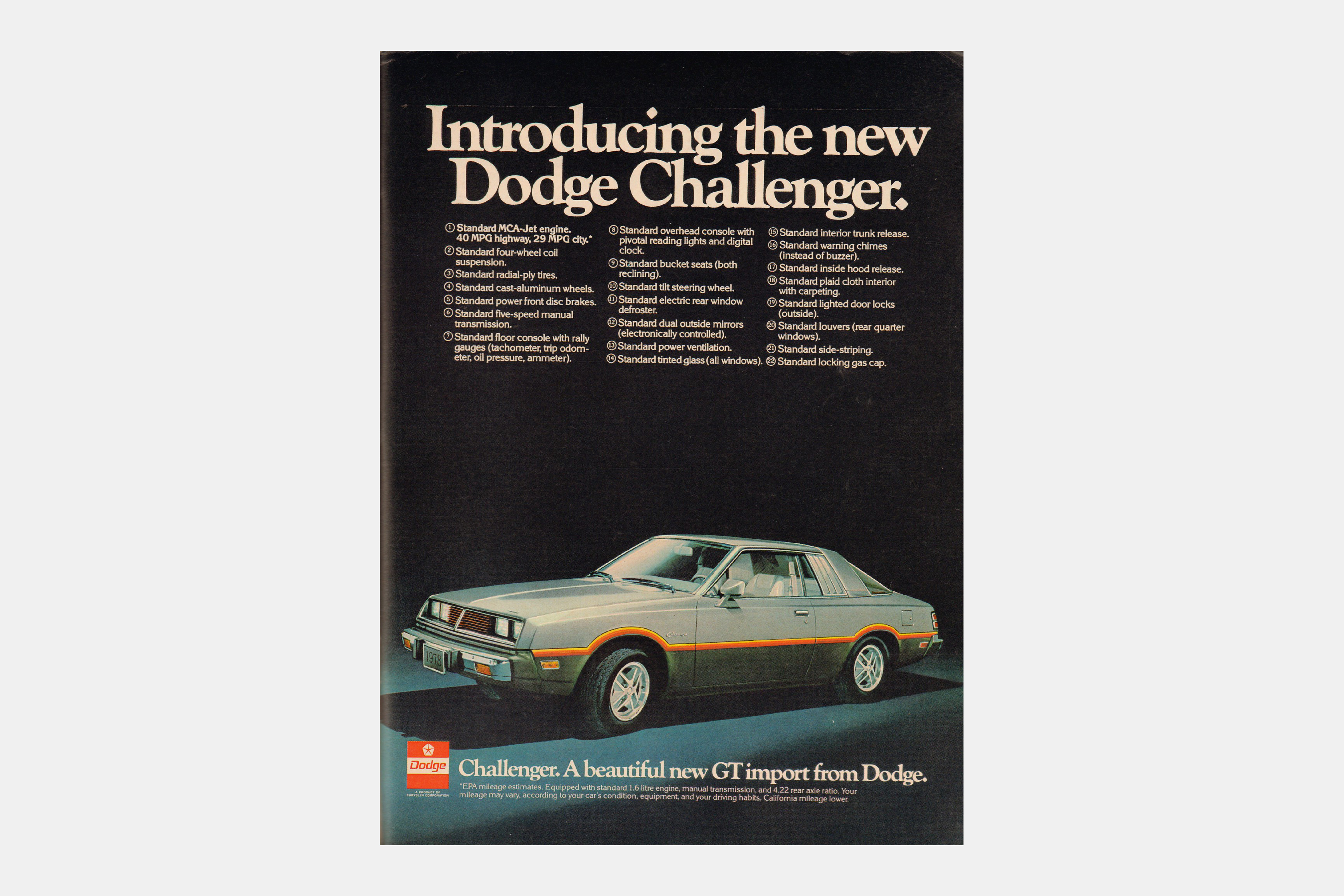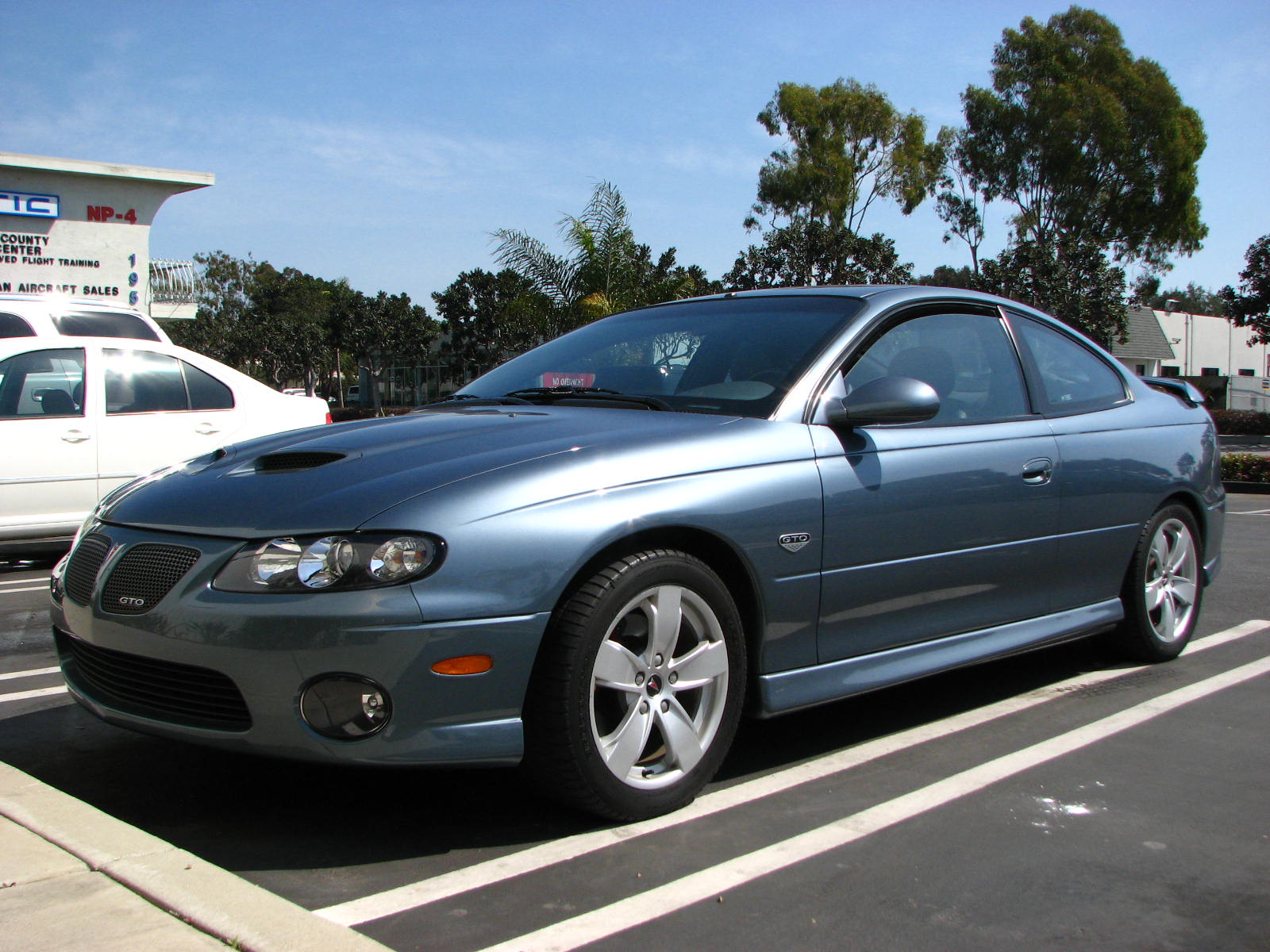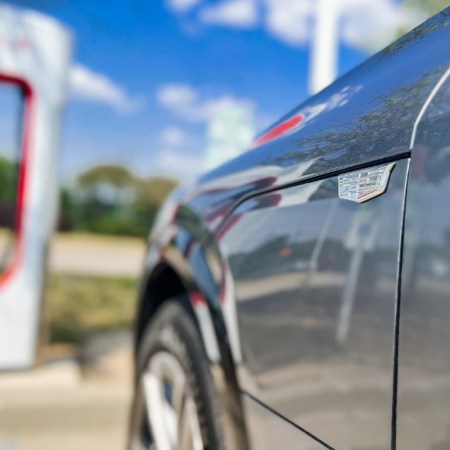In the automotive world, it can take decades to build a brand’s reputation with customers, and mere moments to wipe any and all goodwill that may have accrued. Cars and trucks are somewhat more vulnerable than other consumer products in this regard, as the swirling winds of federal regulations, market pressures and financial reality can often lead to ill-advised decisions with far-reaching consequences in terms of how a certain vehicle is perceived by the public.
Just as the term “heritage” became one of the most effective marketing tools used by car companies seeking to bolster more recent models, so too can a misunderstanding of a vehicle’s legacy ensure a very public bonfire of development dollars. Automakers have had a history of ignoring history in favor of expediency, convenience or the irresistible allure of a quick cash-in. And yet, nearly every time a major brand has stepped all over the image of a beloved nameplate on the way to a perceived payout, it’s ended up costing far more than the short-term benefits it was intended to bring to the table.
Atrophied Muscle
It’s hard to think of a more storied era for Detroit than when muscle machines ruled Woodward Ave for that brief, shining moment that ran from the mid-’60s to the early ’70s. It’s here that America’s penchant for big blocks and burnouts went mainstream, and showrooms were stocked with V8 power at surprisingly affordable prices.
One of Mopar’s biggest muscle stars was the Challenger. Introduced by Dodge in 1970, it had a strong five-year run as a leading light in the muscle-car scene before being snuffed out by encroaching EPA regulations and a looming energy crisis.
A few years later, Chrysler was scrambling for fresh blood, its showrooms soaked in also-rans huddled under the cloud of an impending bankruptcy. Newcomer CEO Lee Iacocca was eager to leverage the company’s partnership with nascent importer Mitsubishi and deliver at least a handful of vehicles that could make it past a gas station without giving drivers a seizure.
Enter the 1978 Dodge Challenger redux, a two-door hardtop that bore no resemblance to its predecessor in terms of either styling or performance. Featuring a four-cylinder engine tuned for frugality rather than fun, the Challenger was a slap in the face for performance fans unable to understand why Dodge would vaporize its brand equity for the sake of a commuter car wrapped in a sticker package.

The faux-Challenger would hang on until 1983, but even that short run couldn’t avoid damaging the good name it had usurped. In fact, so lasting was the antipathy generated by the captive import that it would be 35 years before Chrysler elected to revive the Challenger badge, despite the considerable success enjoyed by its Ford Mustang and Chevrolet Camaro rivals during that same period. The third-time-around 2008 model made sure to wipe out any lingering bad vibes by way of retro styling and massive horsepower that connected directly with the original model’s heritage.
Supersize Me
As any Hollywood producer knows, attempting to commodify the spirit of a successful original in the form of a mass-market sequel often leads to results that are middling at best. In the auto world, bringing a low-production icon to a broader audience often requires that it run through a gauntlet of accountants, design committees and focus groups, each fully capable of stripping out the personality that had elevated it above the rest of the pack.
So it went with General Motors and its disastrous attempt to springboard off the rugged image of the original Hummer H1. The massive militarized machine was well known for its considerable off-road acumen throughout the ’90s, and its stints in both army green and desert khaki gave it a cachet among SUV fans as one of the most rugged rigs around.
What the H1 lacked was a truly livable driving experience. Although a favorite toy among the idle rich, the Hummer was too wide and too long to be practical in an urban environment, and its cabin was spartan at best. In the early 2000s, GM decided to leverage its ownership of the H1’s builder, AM General, and create a true civilian version of the sport-utility vehicle that would cram all of its larger-than-life character into a more manageable package.
The Hummer H2 project was one mired by compromise. Rather than maintain any of the unique aspects of the H1’s platform, the reimagined H2 moved over to the General’s GMT820 platform, which was shared with more pedestrian fare like the Chevrolet Silverado pickup truck. This meant not only were the new Hummer’s proportions taller and narrower than those of its inspiration, but that it inherited the same ho-hum running gear as nearly every other similarly sized SUV in the GM portfolio.
There was one area where the Hummer H2 did stand apart from its cronies: weight. Checking in with a gross vehicle weight rating of over 8,500 lbs., the Hummer was exempt from EPA fuel-mileage testing, which meant it didn’t have to advertise is 9-mpg rating on the window sticker.
In fact, fuel economy was perhaps the one area that the H2 matched its predecessor. In all other respects, the truck was perceived as an over-the-top over-compensation from a brand that -—like Chrysler before it — was teetering on the edge of bankruptcy. Rather than stay true to the H1’s legacy, the H2 took it to clown school and emerged with a caricature of the off-road legend at the worst possible time in GM’s history.
The Hummer’s modest sales from 2002 to 2009 in no compensated for it becoming the focal point for critics pointing out just how out of touch GM was with the automotive market in general, and the pain being caused by soaring fuel prices in particular. Tainted in all of this, too, was the original H1, once revered for its brash novelty and now wearing the same anti-eco smear. After 2009, Hummer would disappear entirely from the General Motors prospectus on the heels of the government bailout required to save the company from itself.
Get That Out (Of Here)
Hummer wouldn’t be the only victim of GM’s shaky leadership after the turn of the millennium. An even more important figure from the automaker’s venerable past would also be subjected to the negative effects of casual product planning and questionable corporate synergy: the Pontiac GTO.
Celebrated for having kick-started the very muscle-car movement that led off this article, the GTO was the go-to performance option from Pontiac during its 11-year run. But it would then go into hibernation for the next several decades until the brand decided to give its sagging sales a boost in the arm in the laziest possible manner in the early aughts.
Rather than develop an all-new model befitting the GTO’s status, Pontiac instead turned to its Australian stable mate Holden, borrowing a rear-wheel drive, V8-powered platform and contributing only the most cursory updates to a styling package that was far blander than the three exciting letters on the back would suggest. Throw in a drivetrain that couldn’t quite stir the soul in the same way as its predecessor, and the GTO’s 2004 launch managed to turn a potential triumph into a tumble.

A quick engine swap would restore the Pontiac’s power to a more acceptable level, but it wasn’t enough to overcome the anger of brand loyalists stung by the pan-Pacific bait-and-switch. Sales plummeted, and after a trio of years on the market, the car had been axed. Three years after that, Pontiac itself joined Hummer on the dust heap.
History Repeating
Henry Ford might have said “history is more or less bunk,” but it’s clear that car companies tarnish the legacy of once-popular products at their own peril. Nearly every time an automaker attempts to ride the coattails of a successful legacy model without any regard for doing the name proud, the result is close to disastrous — and in the case of both Hummer and Pontiac, one might argue terminal.
That GM is now trying a third time with Hummer, by way of an EV-focused greenwash that doesn’t just disengage from its roots but thoroughly nukes them from orbit, indicates that not all lessons are lasting, no matter how costly they might have been. It’s difficult to reconcile any iteration of the Hummer brand with the desire to give it a new life among the eco set, which suggests that GM’s product planners maybe have been reading a few too many Ford biographies of late.
This article was featured in the InsideHook newsletter. Sign up now.























